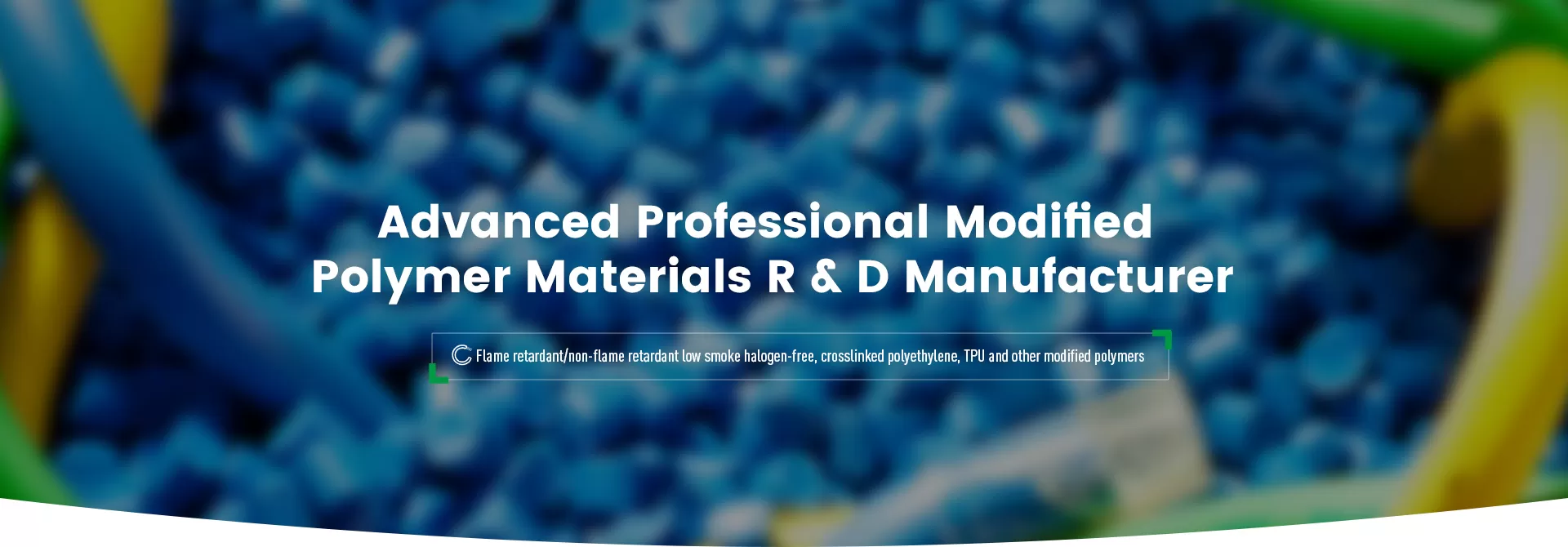
Elastomer materials play a vital role in modern industry, and TPEE (thermoplastic polyester elastomer) and TPE (thermoplastic elastomer) are the two most representative ones. People favor them for their excellent physical properties and a wide range of application scenarios. You can see these two types of materials in automotive parts, medical devices, and daily consumer products.This article will explain the main differences between TPEE and TPE. It will also discuss their uses in various fields.
TPEE, the full name of Thermoplastic Polyester Elastomer, is a multifunctional polymer material that combines the excellent properties of polyester and elastomer. Unlike traditional thermoplastics, TPEE is not only plastic, but also has rubber-like elasticity and flexibility.
The chemical structure of TPEE is composed of alternating hard segments and soft segments. Manufacturers usually make the hard part from polyester. This gives the material strength and heat resistance.
The manufacturer constructs the soft part from polyether or polyester. This provides the material with flexibility and elasticity. This block copolymer structure makes TPEE materials strong like plastic and soft like rubber. It performs well in many tough environments.
TPEE has excellent mechanical strength. It has high tensile strength and tear strength. This makes it great for high-stress environments.
Excellent heat resistance: TPEE can still maintain its strength and physical properties under high temperature conditions.
Excellent chemical resistance: It shows good tolerance to a variety of chemicals such as oils, solvents, and fuels.
TPEE has good elasticity and flexibility. It can quickly return to its original shape after stretching or compressing. This makes it ideal for parts that require deformation many times.
Automotive Industry: In the automotive field, TPEE is widely used to manufacture chemical-resistant and high-temperature-resistant parts, such as fuel system components and cable sheaths.
Industrial Machinery: TPEE's wear resistance makes it an ideal material for transmission belts, seals, and high-pressure pipes.
Consumer Goods: Items like power tools, sporting goods, and footwear often incorporate TPEE for its flexibility, strength, and abrasion resistance.
Consumer Electronics: TPEE's electrical insulation performance and durability make it suitable for cable sheaths and connectors for high-end electronic products.
Medical Devices: Due to its biocompatibility and anti-sterilization ability, TPEE is also used to manufacture various medical devices, such as catheters and disposable surgical supplies, especially in situations where repeated sterilization is required.
Cable Field: TPEE is particularly important in the cable industry. Its high strength, abrasion resistance and chemical resistance make it an ideal choice for cable sheathing and insulation materials.

Although both TPEE and TPE are elastomeric materials, they have significant differences in performance and application. Understanding these differences can help make the best choice in specific application scenarios.
TPEE:TPEE is strong and durable. It works well in high-stress situations. This makes it great for automotive parts and important industrial equipment.
TPE:The mechanical strength of TPE depends on its specific formulation. You can change the strength and durability as needed. It works well for many uses, from strong to flexible products.
TPEE:It has higher rigidity and is suitable for parts that need to quickly recover to their original shape after deformation, such as transmission belts and automotive seals.
TPE:It has stronger flexibility and better elasticity, and is suitable for consumer products and electronic products that require a soft touch.
TPEE:TPEE is strong against chemicals and heat. It works well in high temperatures and tough chemical settings. TPEE keeps its mechanical properties even in these conditions.
TPE:Different types of TPE have different chemical and thermal properties. Some types work well in medium to high temperature environments, but they perform slightly worse than TPEE.
TPEE:TPEE is easy to work with, but it is not very recyclable. This is especially true for complex parts or processes.
TPE:Simple processing, easy injection molding and extrusion, and good recyclability, very suitable for large-scale production and environmental protection requirements.
| TPEE VS TPE | ||
| Features | TPEE(Thermoplastic polyester elastomer) | TPE(Thermoplastic elastomer) |
| Mechanical strength | Excellent tensile and tear resistance | Varies with type, average performance |
| Chemical resistance | Excellent oil, solvent, and fuel resistance | Varies with type, generally good |
| Flexibility | Good flexibility and elasticity | Flexible and soft |
| Heat resistance | High heat resistance | Varies with type, medium heat resistance |
| Abrasion resistance | High wear resistance | Varies with type, generally good |
| Processability | Good processability | Excellent processing performance |
| Recyclability | Limited recyclability | High recyclability |
| Common applications | Automotive parts, industrial parts | Consumer products, medical devices, seals, gaskets |
| Material cost | Usually high | Varies with type, generally lower than TPEE |
The development of TPEE and TPE helps improve polymer technology. It also offers different solutions for many industries.
Manufacturers commonly use TPEE in demanding situations in the automotive, industrial, and electronic fields. This is because it has great mechanical strength, chemical resistance, and thermal stability. TPE plays an important role in consumer goods, medical and electronic fields with its softness, elasticity and processability.
With the continuous advancement of polymer technology, the future of TPE and TPEE will be more diverse. With new formulas and better recyclability, these two materials will keep growing in their uses. This is because of the need for sustainable development and improved performance. They offer flexible and efficient solutions for many industries.